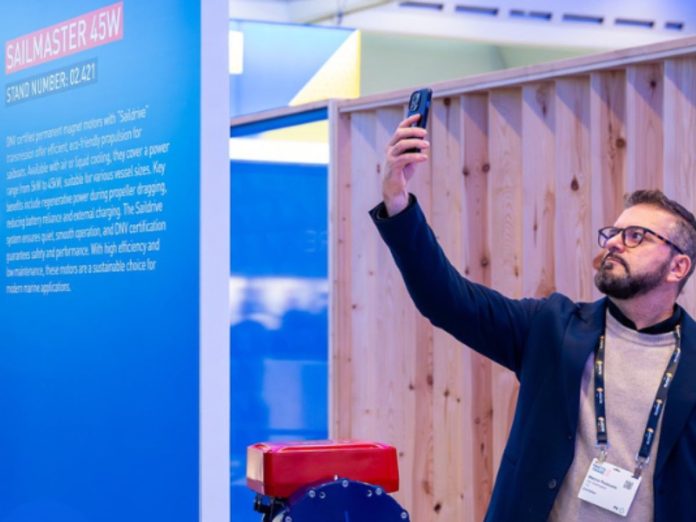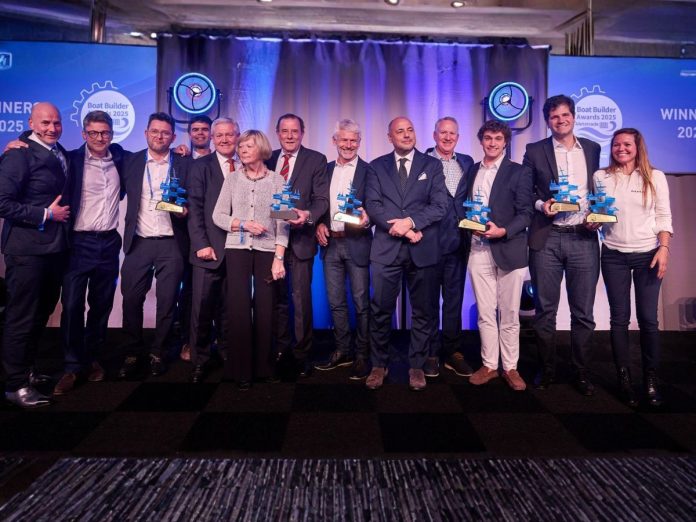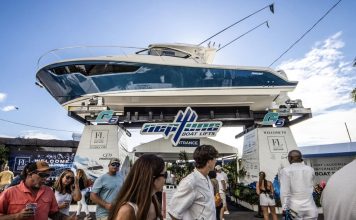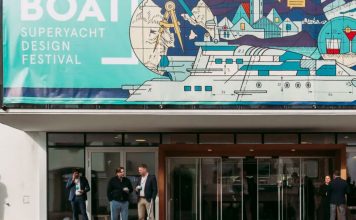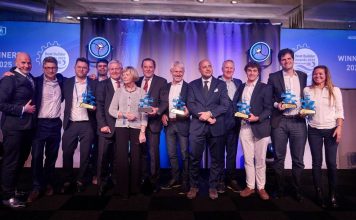With sustainability woven through every hall, METSTRADE 2025 signalled a clear shift in how the global marine industry is building for the future.
METSTRADE 2025 arrived with record exhibitor numbers and a hall-by-hall emphasis on sustainability. What distinguished this edition was not its size but its shift in direction. Sustainability was no longer a specialist topic. It shaped the show’s structure, the conversations on the floor and the messages from builders and suppliers.
Across all thirteen halls, companies presented cleaner composites, bio-based materials, quieter electric drives and more efficient accessories. Many exhibitors described sustainability as a foundation for future business rather than an optional talking point. It was clear that the industry is moving past awareness and into action.
This stronger focus came with a parallel rise in accountability. METSTRADE expanded its partnership with the Water Revolution Foundation to highlight products and systems that had undergone independent Life Cycle Assessments. The Superyacht Sustainability Route helped visitors find verified low-impact solutions, from advanced coatings to energy systems. With owners and regulators looking for genuine progress, manufacturers used the show to demonstrate transparency as well as innovation.
Innovation zones reinforced that message. The Sustainable Innovation Hub showcased new materials and build concepts aimed at reducing weight and emissions. The Next Generation Propulsion Showcase highlighted rapid advances in hybrid and electric power, while the Foiling Technology Zone confirmed that efficiency through lift is no longer fringe technology. These areas captured where the global industry is heading and how quickly expectations are changing.
The same shift was evident among boatbuilders. Sustainability is now influencing decisions about manufacturing process, materials, and product strategy. One example was Williams Jet Tenders, which applied strict life cycle criteria to its Evene line, aiming to cut environmental impact without adding unnecessary weight. Similar approaches appeared across multiple categories, suggesting a wider cultural change: boatbuilders are rethinking how boats are conceived and built, not just how they are powered.
Industry speakers described this moment as a structural pivot. New environmental standards, new consumer expectations and rapid advances in technology are reshaping the market. Exhibitors used METSTRADE to show how they intend to adapt, positioning sustainability and innovation side by side. The companies attracting the most interest were those offering verifiable improvements rather than broad promises.
For New Zealand boatbuilders and suppliers, the direction is encouraging. Our industry has a strong reputation for high-quality composites, craftsmanship and clever engineering. These strengths align with the global move toward lighter structures, cleaner propulsion and responsible manufacturing. There is also an opportunity for New Zealand companies to adopt life cycle measurement early, giving them an edge with international partners who now expect clarity on environmental impact.
METSTRADE 2025 made one thing clear. The future of the marine industry will be shaped by companies that combine technical skill with responsible practice. Cleaner materials, smarter power systems and transparent environmental reporting are becoming standard expectations. For those looking ahead, this edition was more a signpost. The shift is already underway, and it is reshaping the industry from design studio to shipyard floor.








